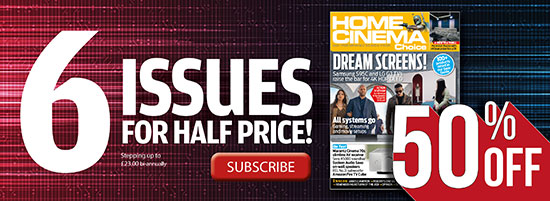CURRENT ISSUE
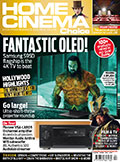 |
Home Cinema Choice #351 is on sale now, featuring: Samsung S95D flagship OLED TV; Ascendo loudspeakers; Pioneer VSA-LX805 AV receiver; UST projector roundup; 2024’s summer movies; Conan 4K; and more
|
BE IN THE MAGAZINE!
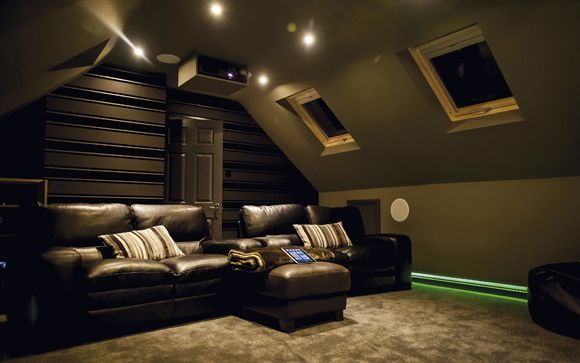
Want to see your home cinema system featured in the pages of HCC? Click here for more info.

 Introducing the OLED+908, the first MLA (Micro Lens Array) OLED flatscreen from Philips, and available in the 55in iteration tested here for around £1,800. That's not an inconsiderable sum for a telly of its size, but as is the current direction of
travel in the 4K TV market, it arrives promising higher peak brightness than we've seen from the brand before, plus
plenty of other premium treats.
Introducing the OLED+908, the first MLA (Micro Lens Array) OLED flatscreen from Philips, and available in the 55in iteration tested here for around £1,800. That's not an inconsiderable sum for a telly of its size, but as is the current direction of
travel in the 4K TV market, it arrives promising higher peak brightness than we've seen from the brand before, plus
plenty of other premium treats.
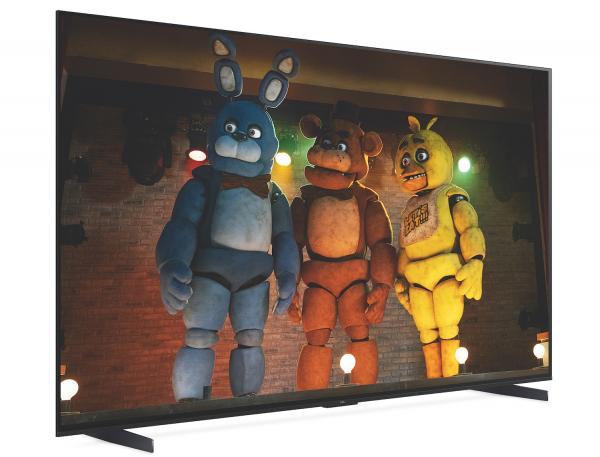
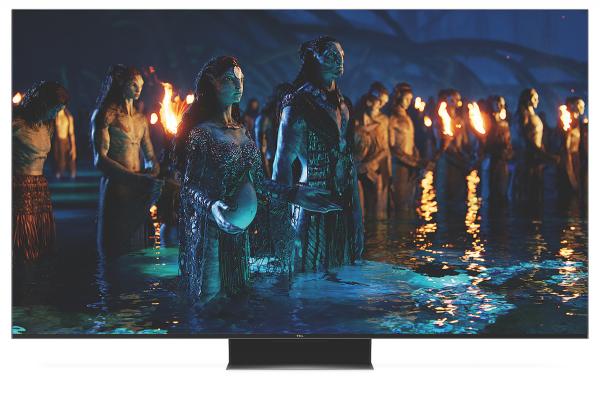
 The features and price of TCL's 65C845K just don't seem compatible with each other. Here we have
a 65in TV that boasts more than 2000 nits of brightness, uses Mini LED lighting and 576 separately controlled local dimming zones, and supports all the latest and greatest gaming features, yet the price tag attached to at reads just £1,049.
The features and price of TCL's 65C845K just don't seem compatible with each other. Here we have
a 65in TV that boasts more than 2000 nits of brightness, uses Mini LED lighting and 576 separately controlled local dimming zones, and supports all the latest and greatest gaming features, yet the price tag attached to at reads just £1,049.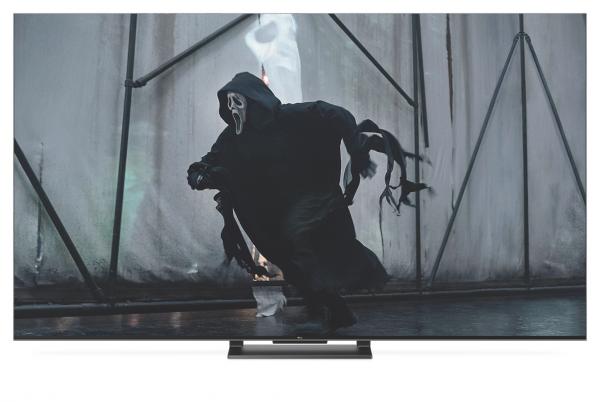
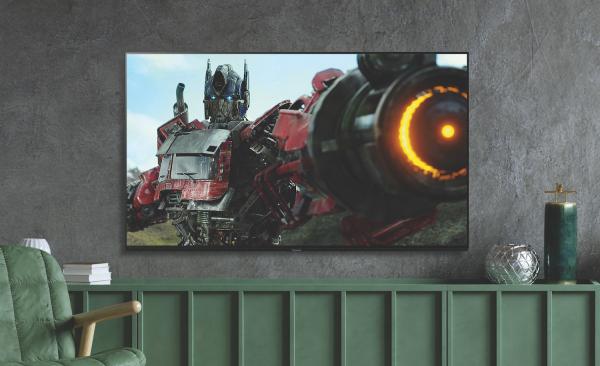
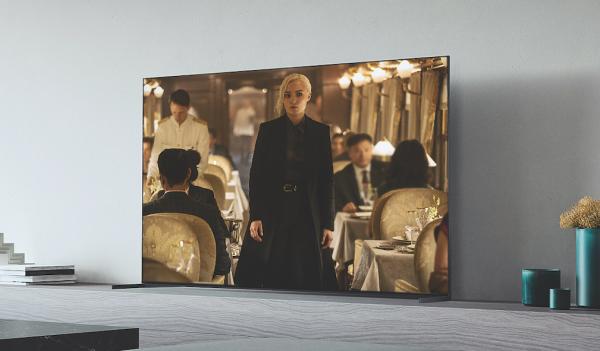
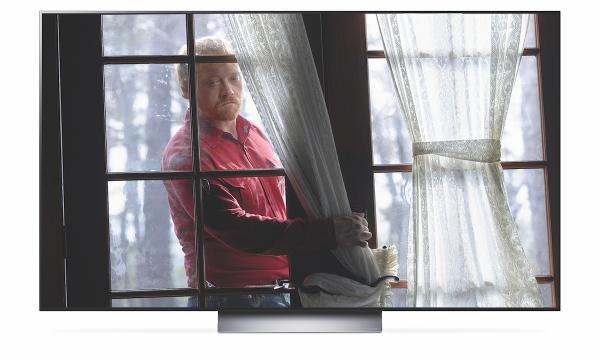
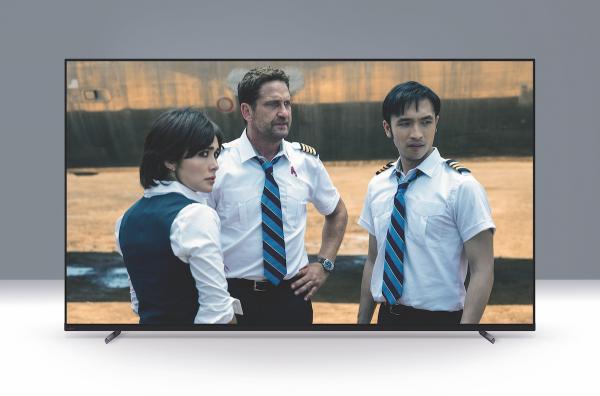
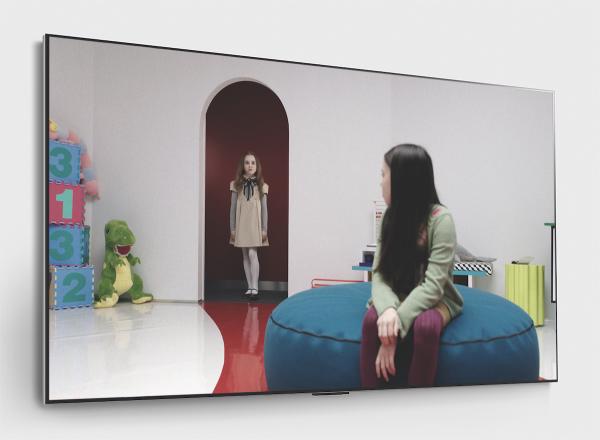
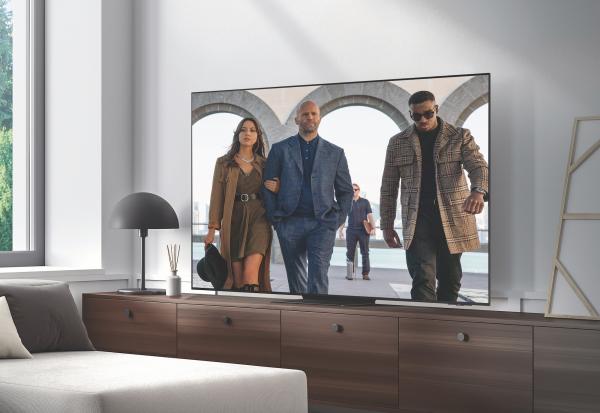
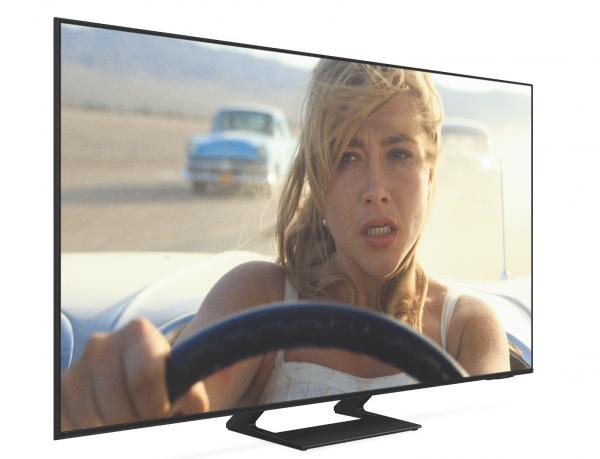
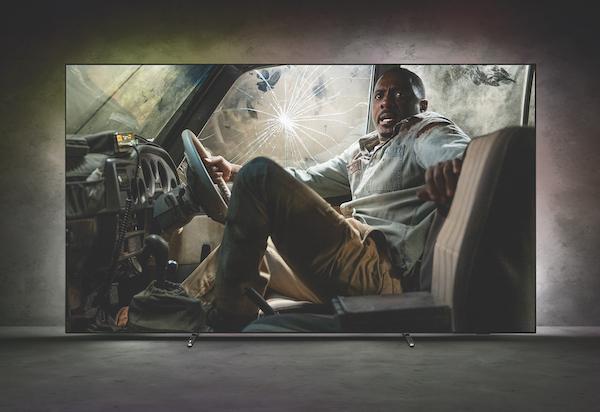
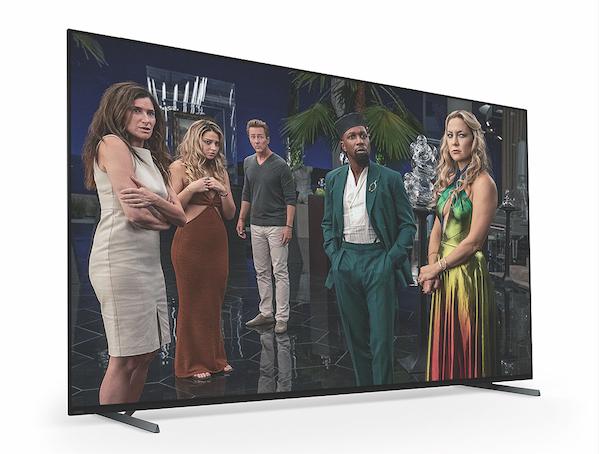
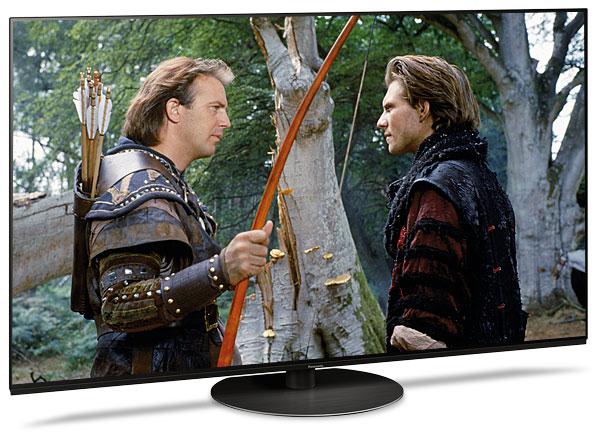
 John Archer rates Panasonic's step-down OLED TV as an unmissable bargain for anyone who already has an immersive sound system
John Archer rates Panasonic's step-down OLED TV as an unmissable bargain for anyone who already has an immersive sound system


